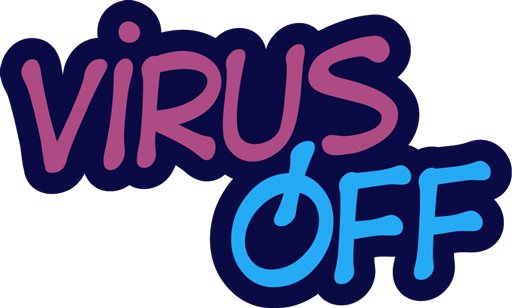Last week, the US Senate excluded a $400 million cut to PEPFAR from the $9 billion package, as previously announced by President Donald Trump, thanks to pressure from Democrats and some Republicans. PEPFAR, a program launched in 2003 by George W. Bush, provided treatment for two-thirds of HIV-infected people in more than 50 countries and enabled nearly 8 million healthy children to be born to mothers with HIV. Medscape examined the extent to which this will return the situation with funding for the global fight against the HIV/AIDS epidemic to its pre-crisis state.
According to Girard Raitovitsian, an associate professor at Yale University and former PEPFAR advisor, the fight is not over yet, but maintaining funding provides “some breathing room”: “This is a sign that Congress is willing to exercise oversight and send a clear signal to the world that the US is not giving up on the fight against HIV. This gives PEPFAR room to continue planning for transition periods in countries, as well as to support innovative programs, including HIV prevention using artificial intelligence.”
Although the decision was welcomed by human rights activists and medical professionals, the details of the funding mechanism are not yet known. The program has been transferred to the US State Department, but it is unclear where and how services will be provided.
Asia Russell of Health GAP notes: “This is only a one-off decision — $400 million that has already been allocated. But it does not guarantee further support.” Some have also interpreted this as a signal to stop working with key populations, including transgender people, the gay community, and sex workers — precisely those who need focused support.
According to the latest UNAIDS report, the loss of consensus on aid and sudden financial cuts have already caused disruptions in health systems: prevention programs are being halted and treatment is under threat. UNAIDS predicts that the crisis could result in an additional 6 million new infections and 4 million AIDS deaths worldwide between 2025 and 2029.
Funding cuts from the US have jeopardized HIV programs in war-torn Ukraine. Ukraine has approximately 245,000 HIV patients, ranking second in Europe after RF. Dmytro Sherembei, head of the 100% Life initiative, said that the organization had cut spending by 30% due to the threat of reduced support from PEPFAR. Dmytro himself, who is HIV-positive, is grateful to the program for his life. “The last few months have been incredibly difficult. Against the backdrop of the war in Ukraine, we faced the terrible threat of losing essential funding from PEPFAR. Prevention, awareness, advocacy, and community support programs—key drivers in the response to HIV—have been hit the hardest.” Maintaining funding means that Ukrainians will continue to receive vital services.
The pre-exposure prophylaxis (PrEP) program in Ukraine was threatened by a halt in procurement: current stocks will last until mid-August 2025. Andriy Klepikov of the Public Health Alliance emphasizes: “We hope that PEPFAR will continue PrEP for key populations (not just pregnant and breastfeeding women), but there is no confirmation of this yet.”
Despite the cautiously positive news about PEPFAR, this will not remedy the crisis in the fight against HIV, which remains threatening. The US Agency for International Development (USAID) has been disbanded, the US administration has cut nearly $1 billion in HIV funding from the National Institutes of Health (NIH), and the HIV Prevention Division of the US Centers for Disease Control and Prevention (CDC) has been significantly reduced. This has jeopardized testing, local initiatives, and support for key populations outside of PEPFAR.
Prof. Andrew Gill of the University of Liverpool noted the consequences: continued deep budget cuts could lead to more than 14 million additional deaths by 2030 — the greatest loss of life during a US president’s term since World War II. “There are no signs that USAID funding will be restored,” he said. “Much of the local support for HIV control was funded by USAID, such as HIV testing, outreach workers, and support for key populations.



